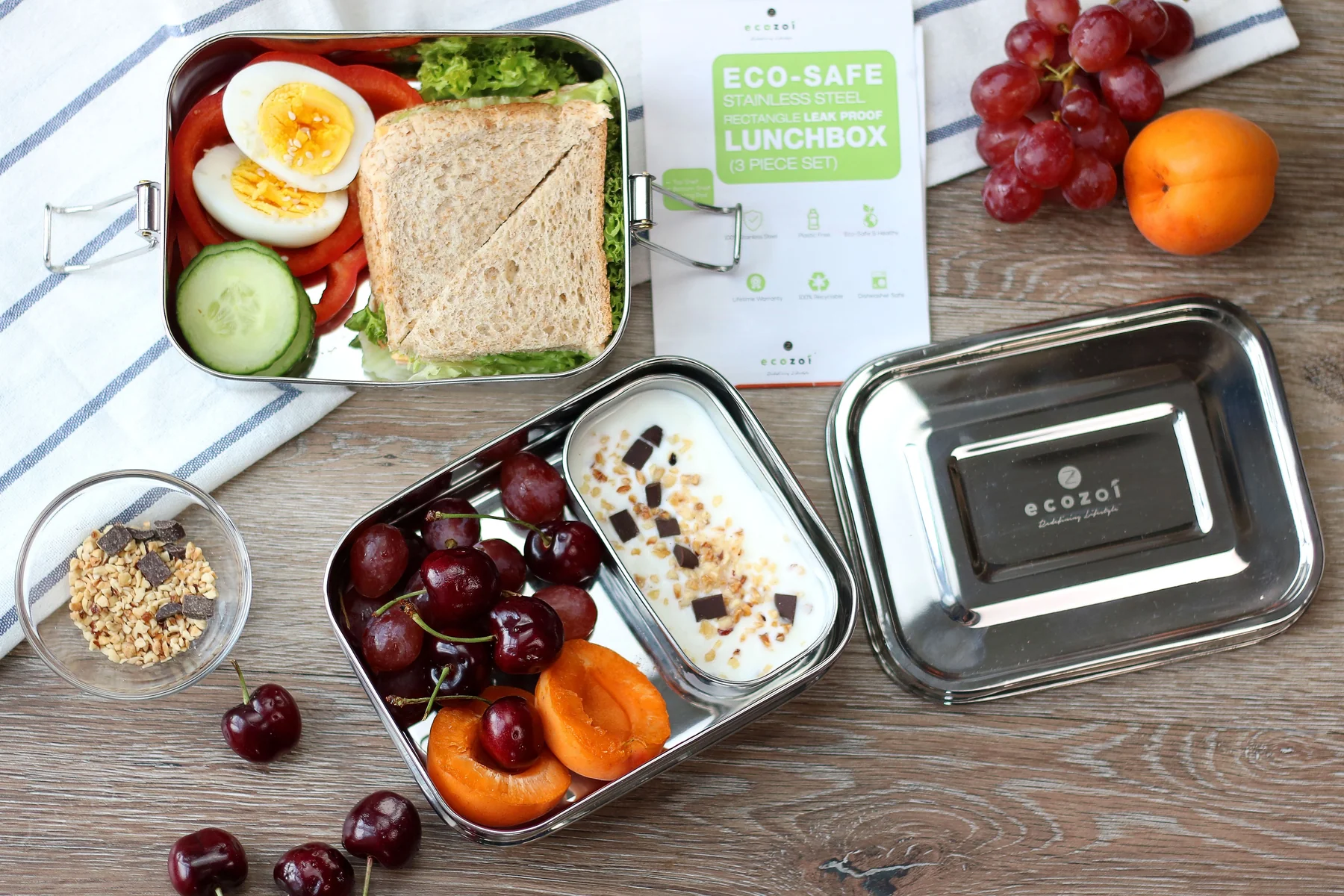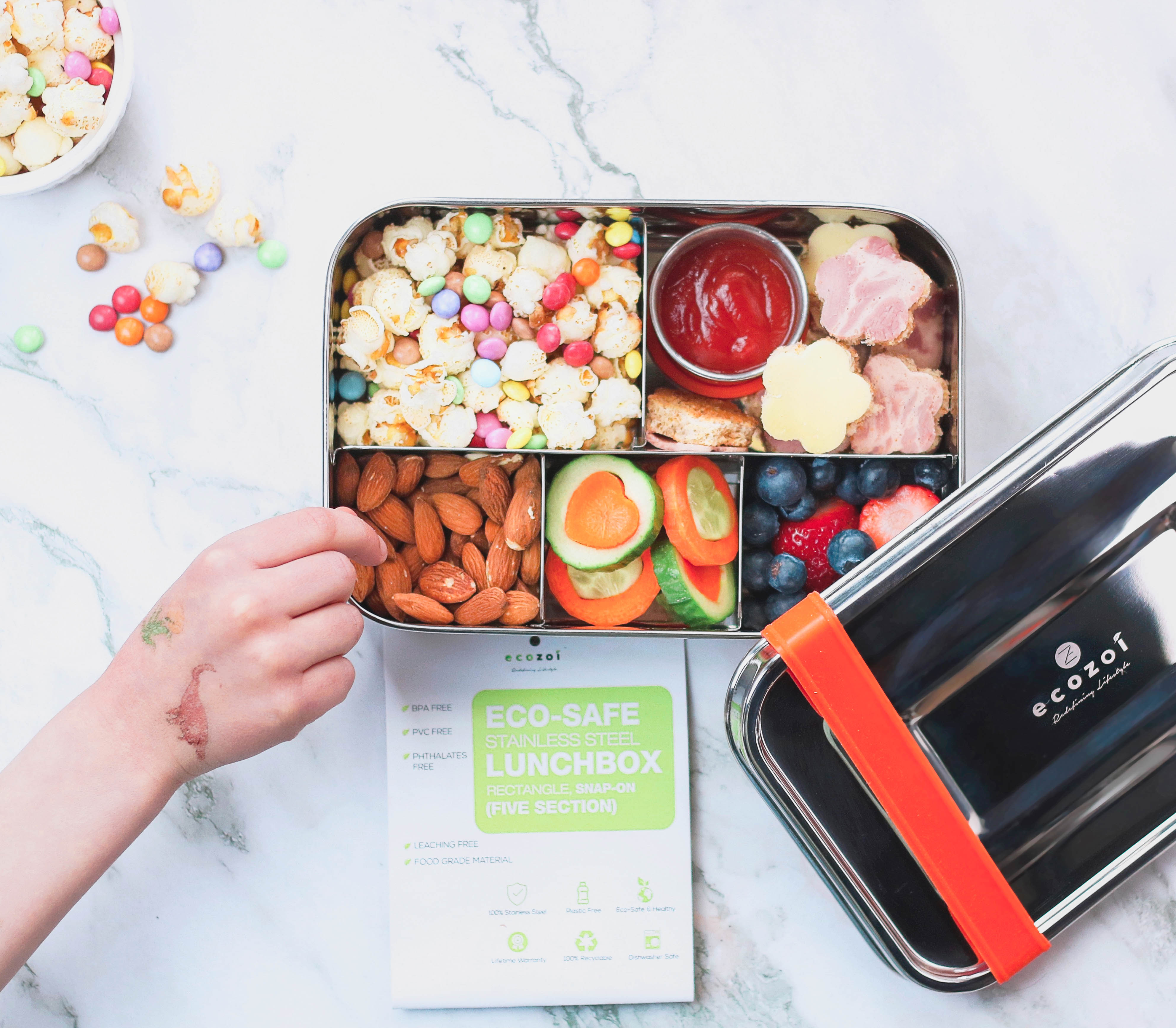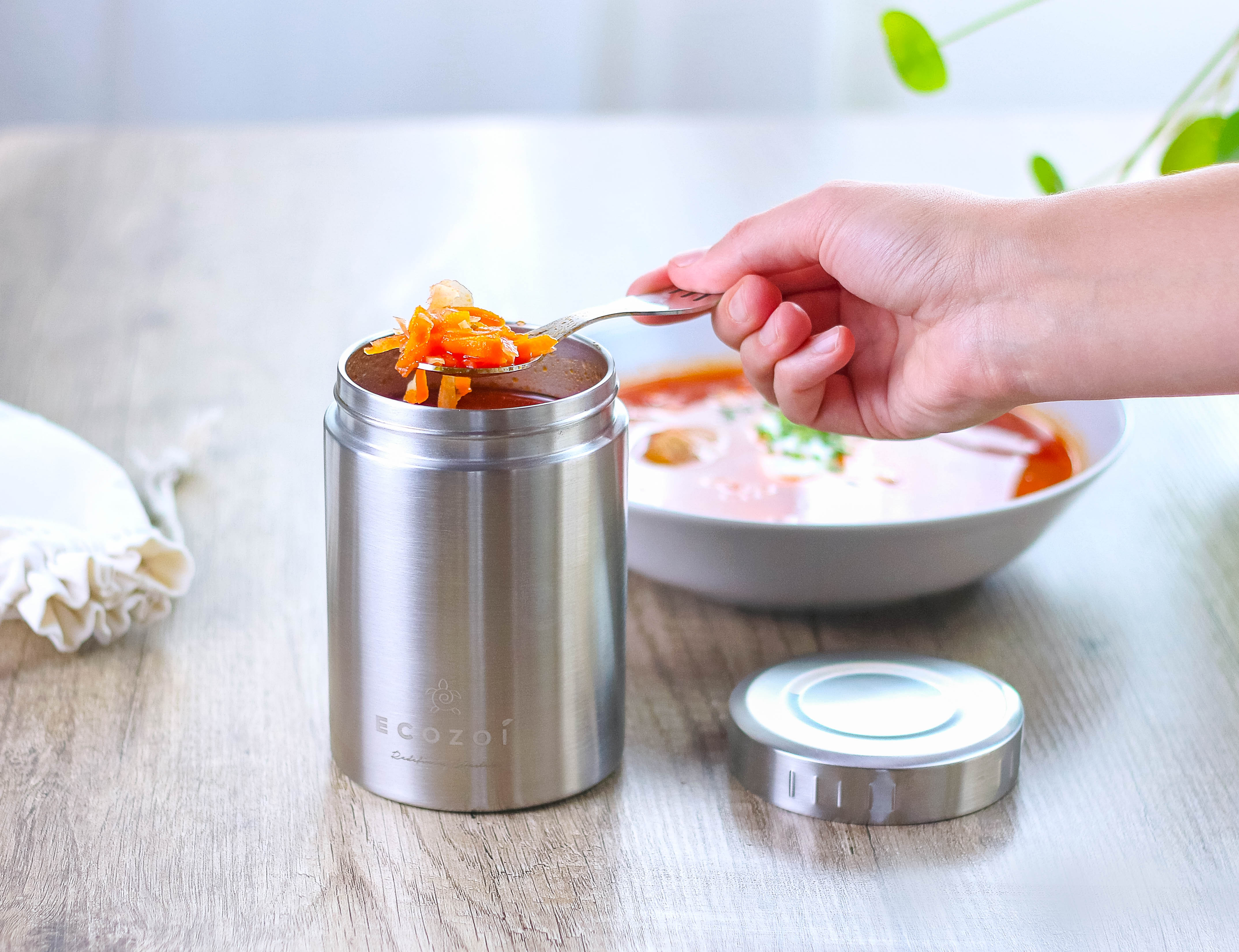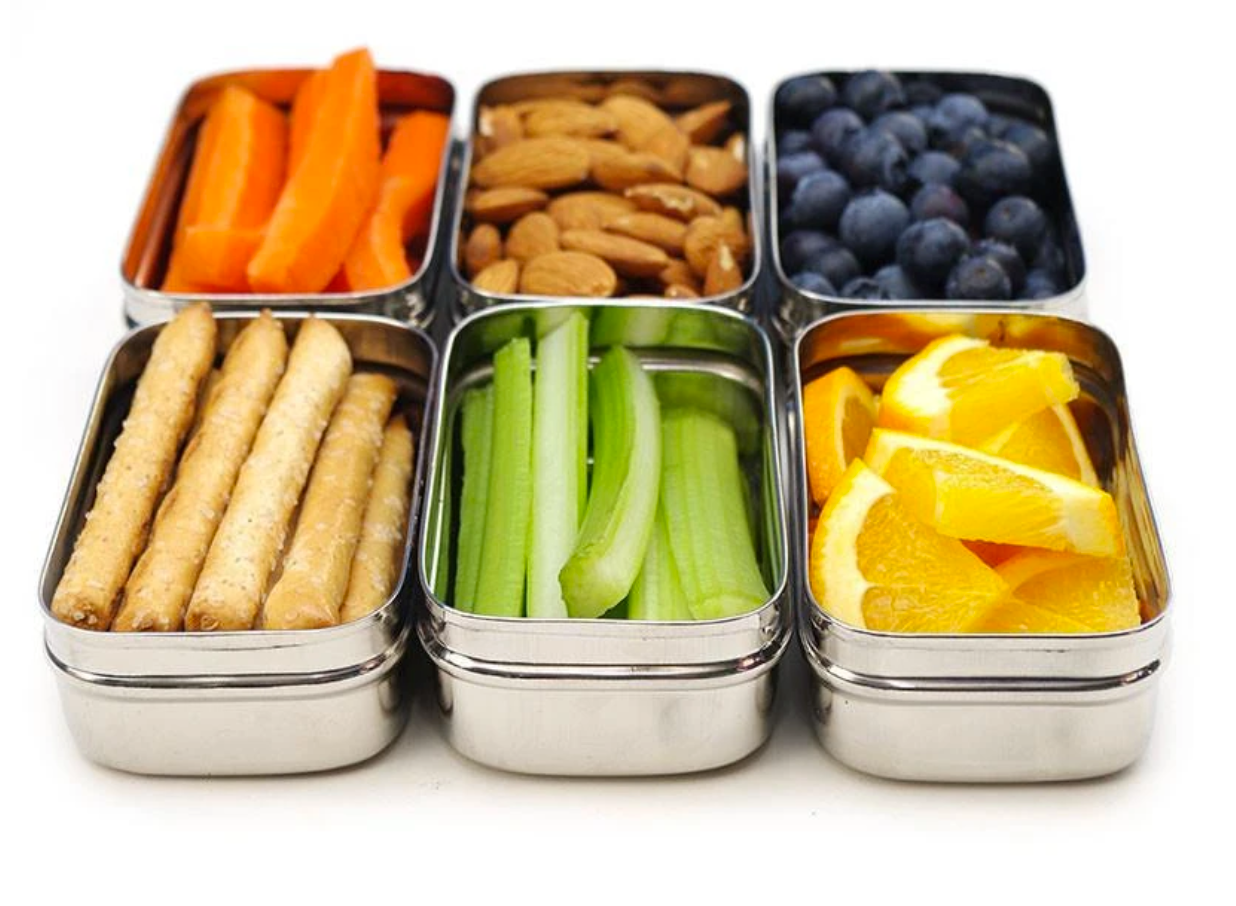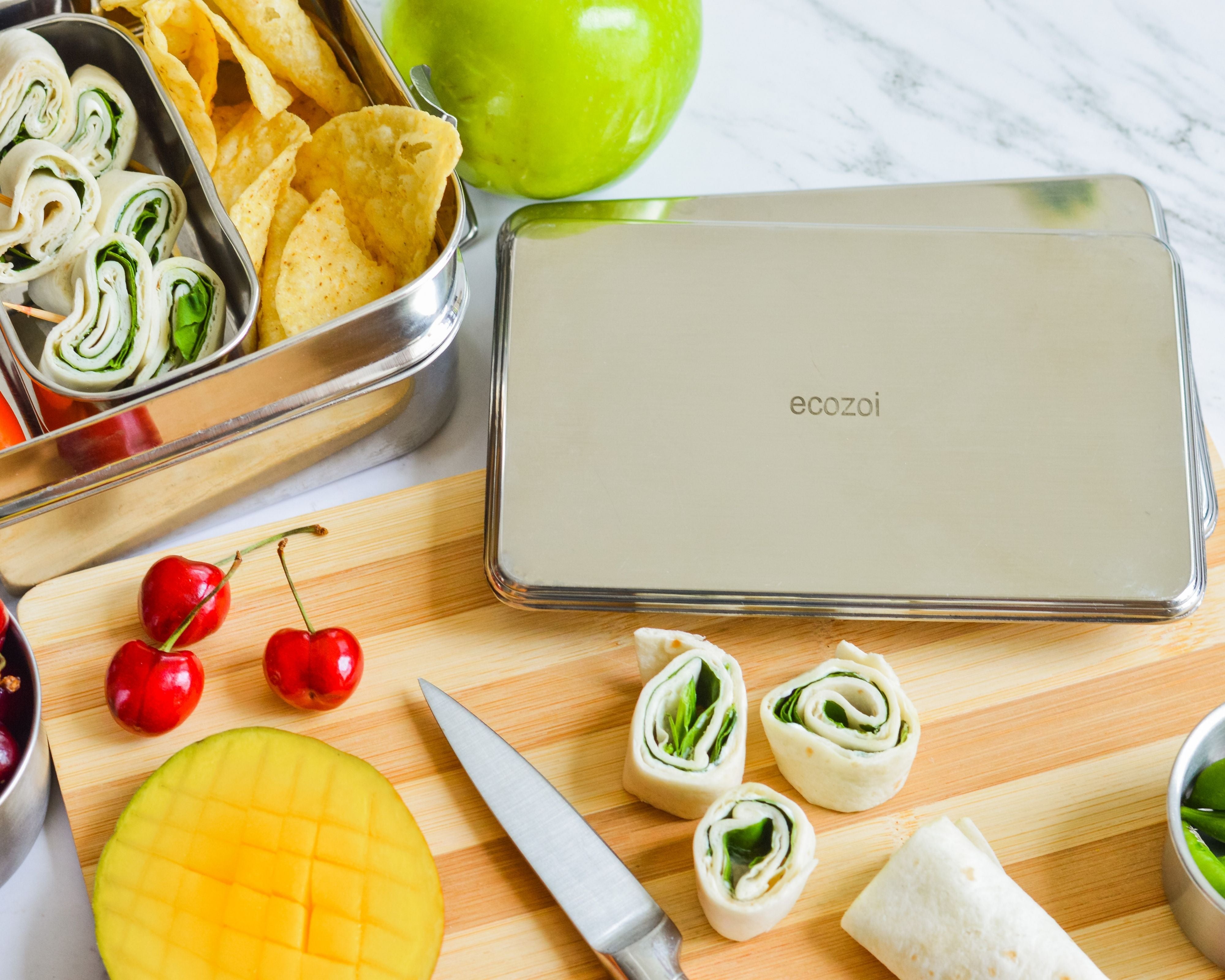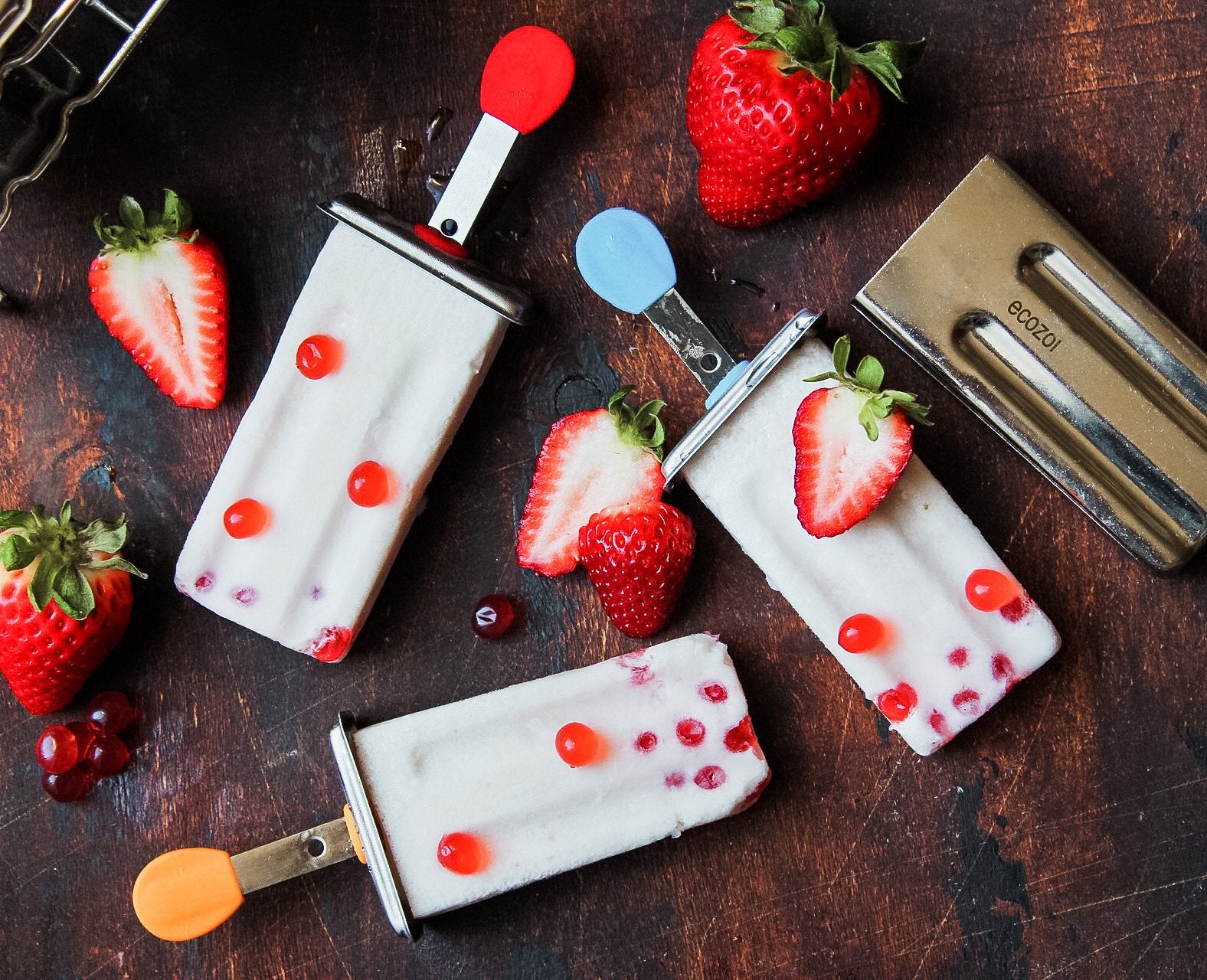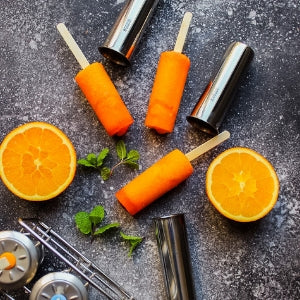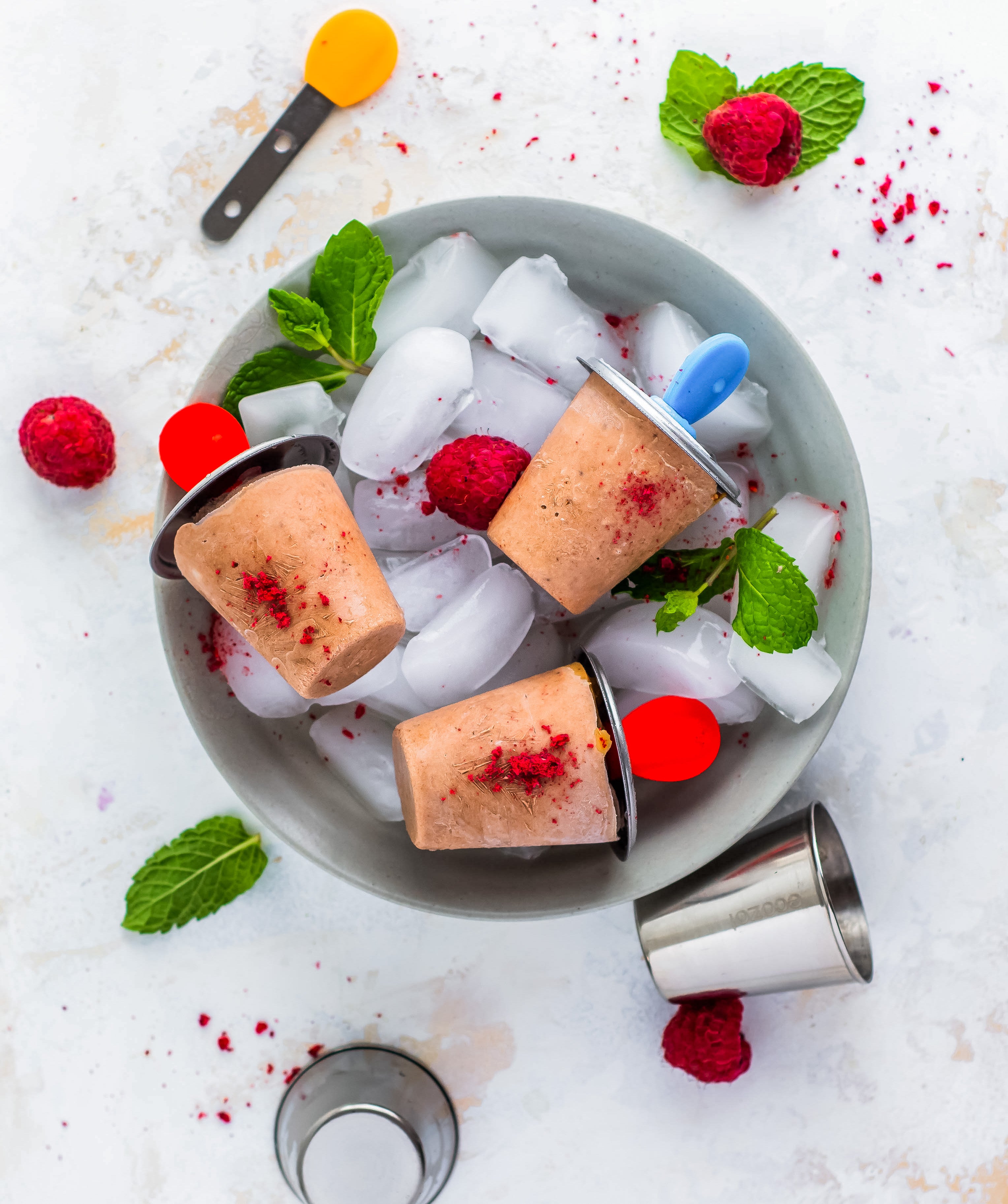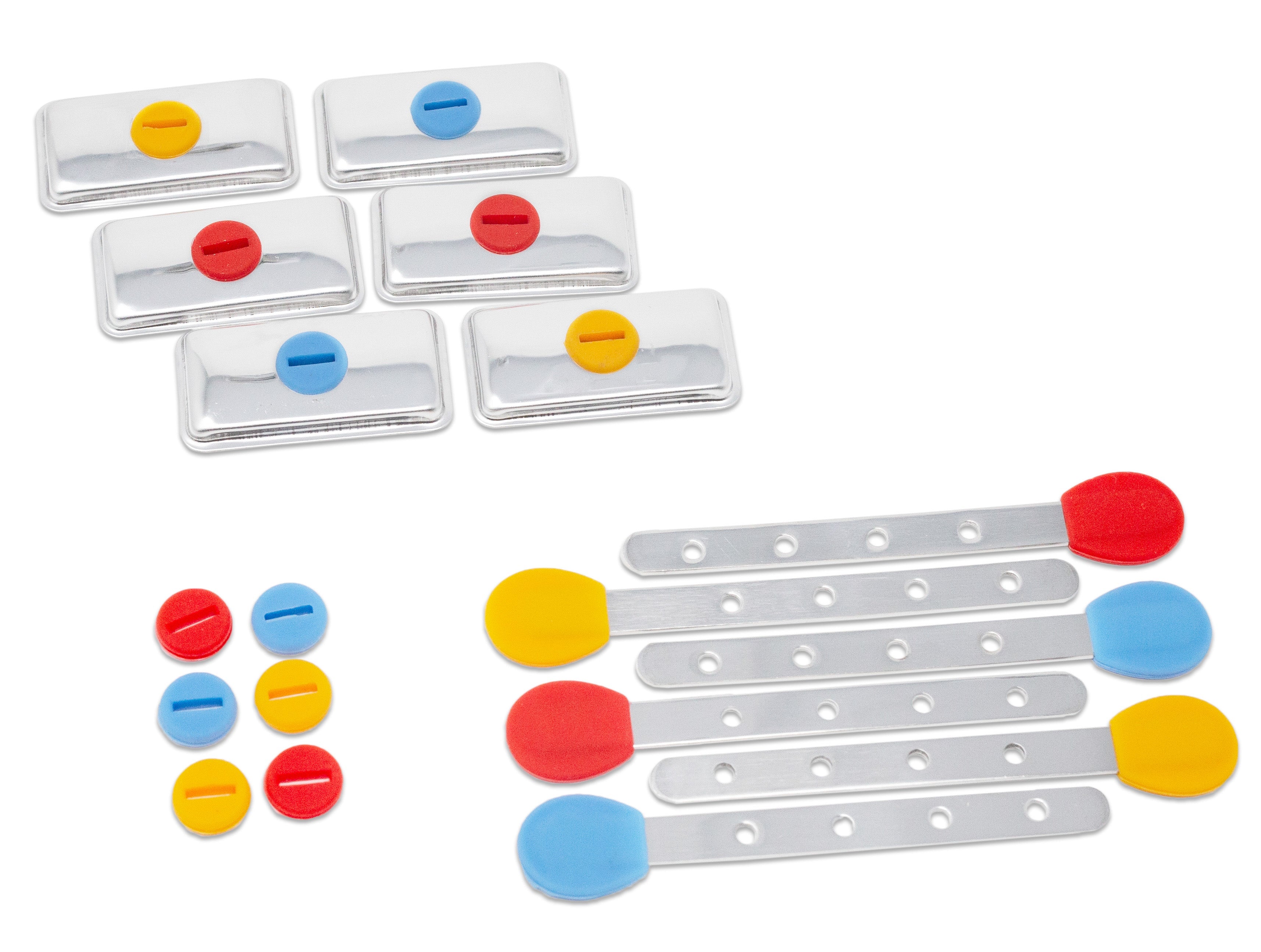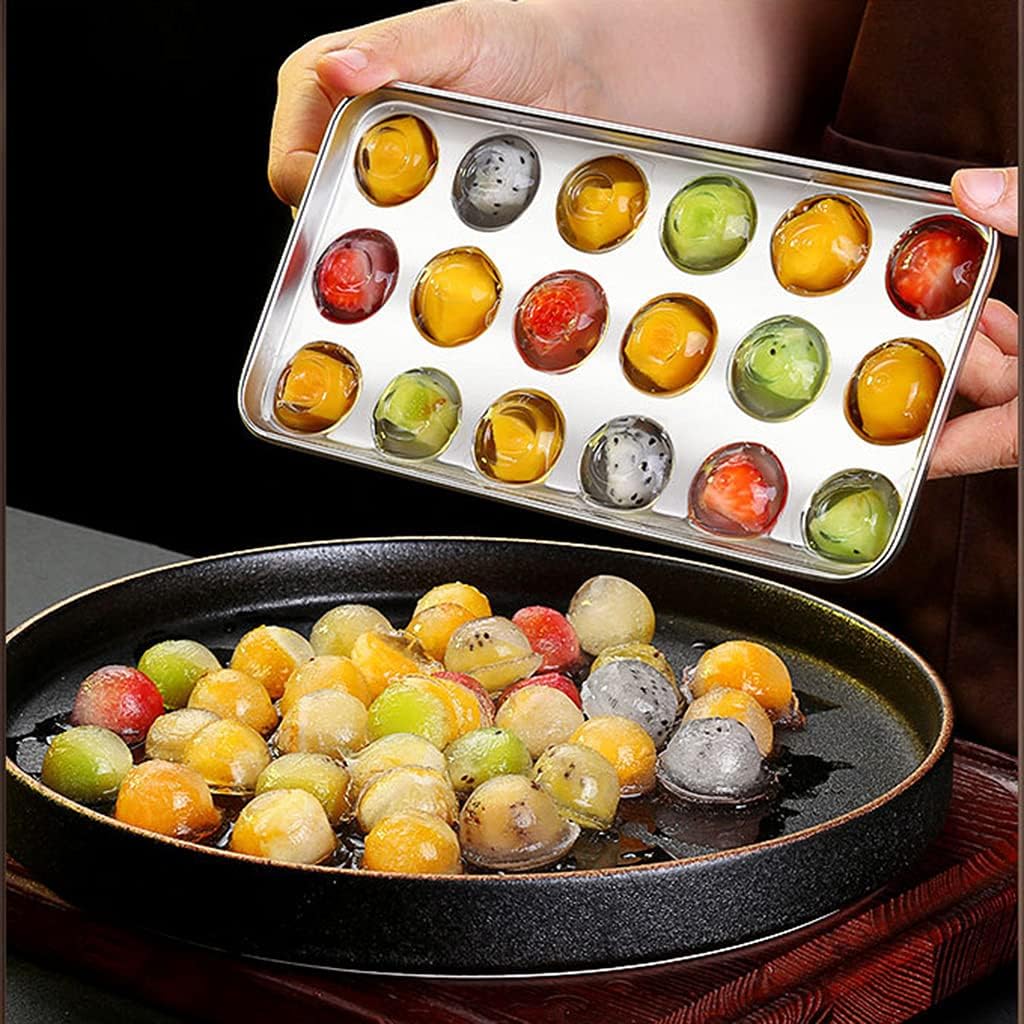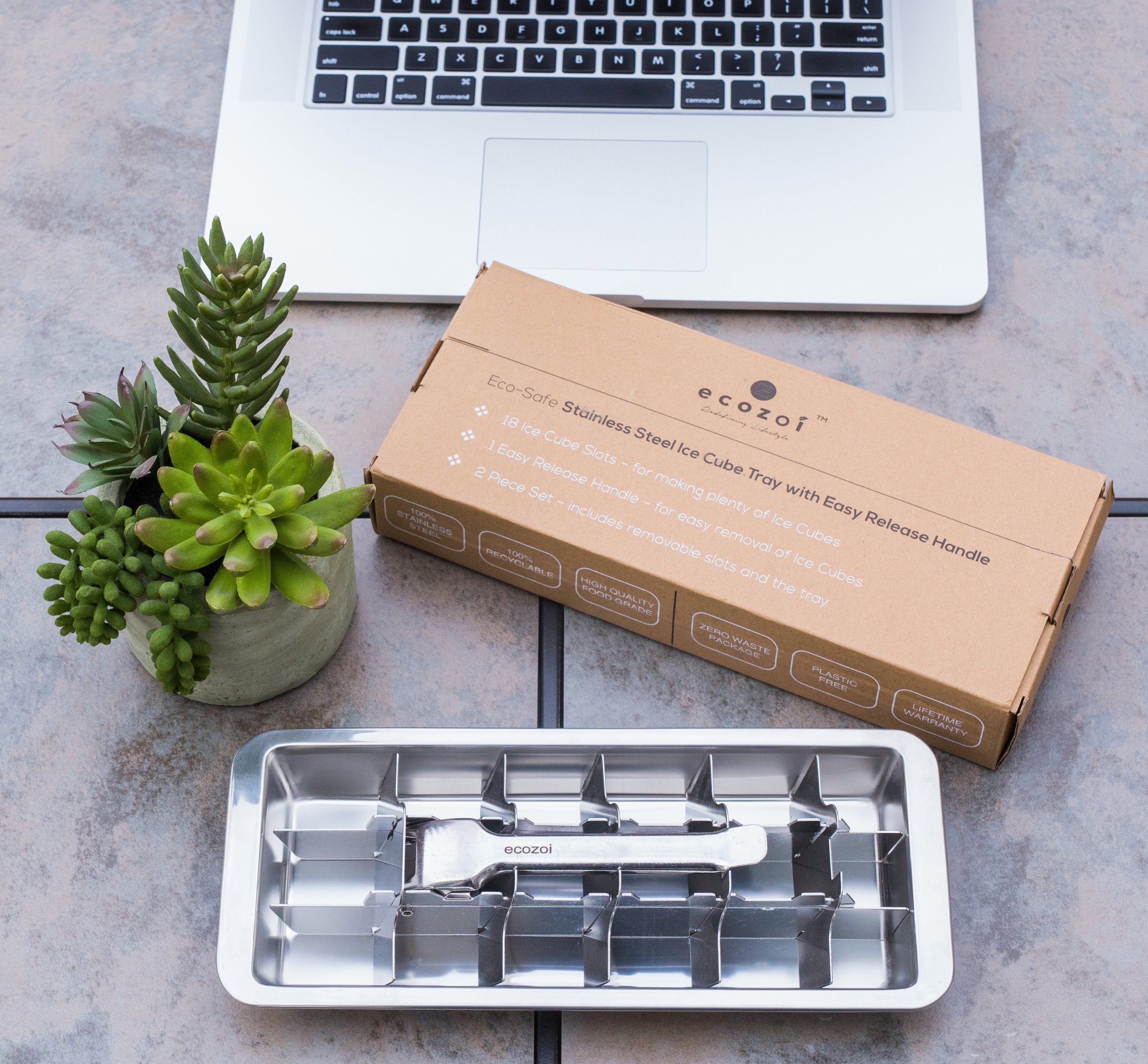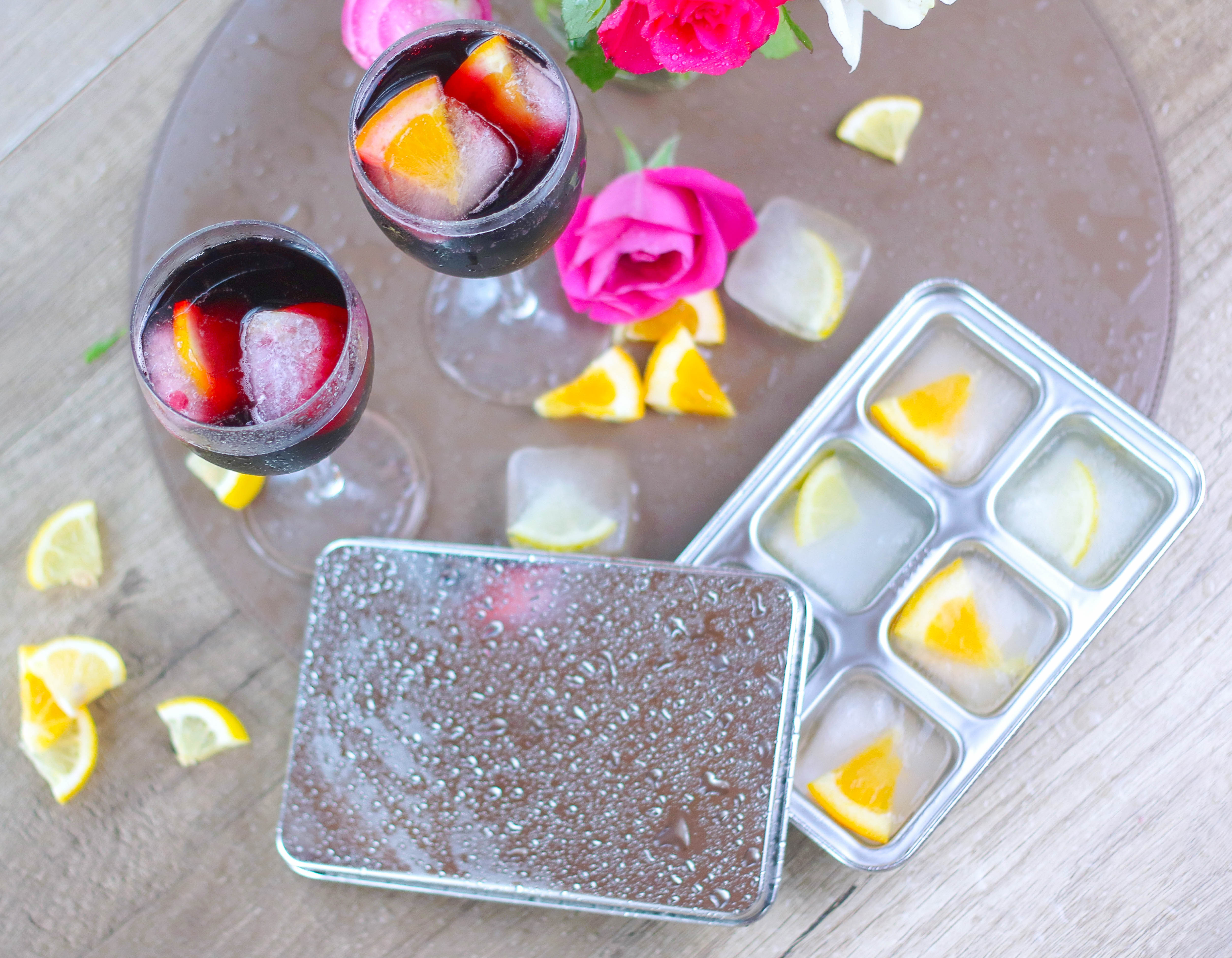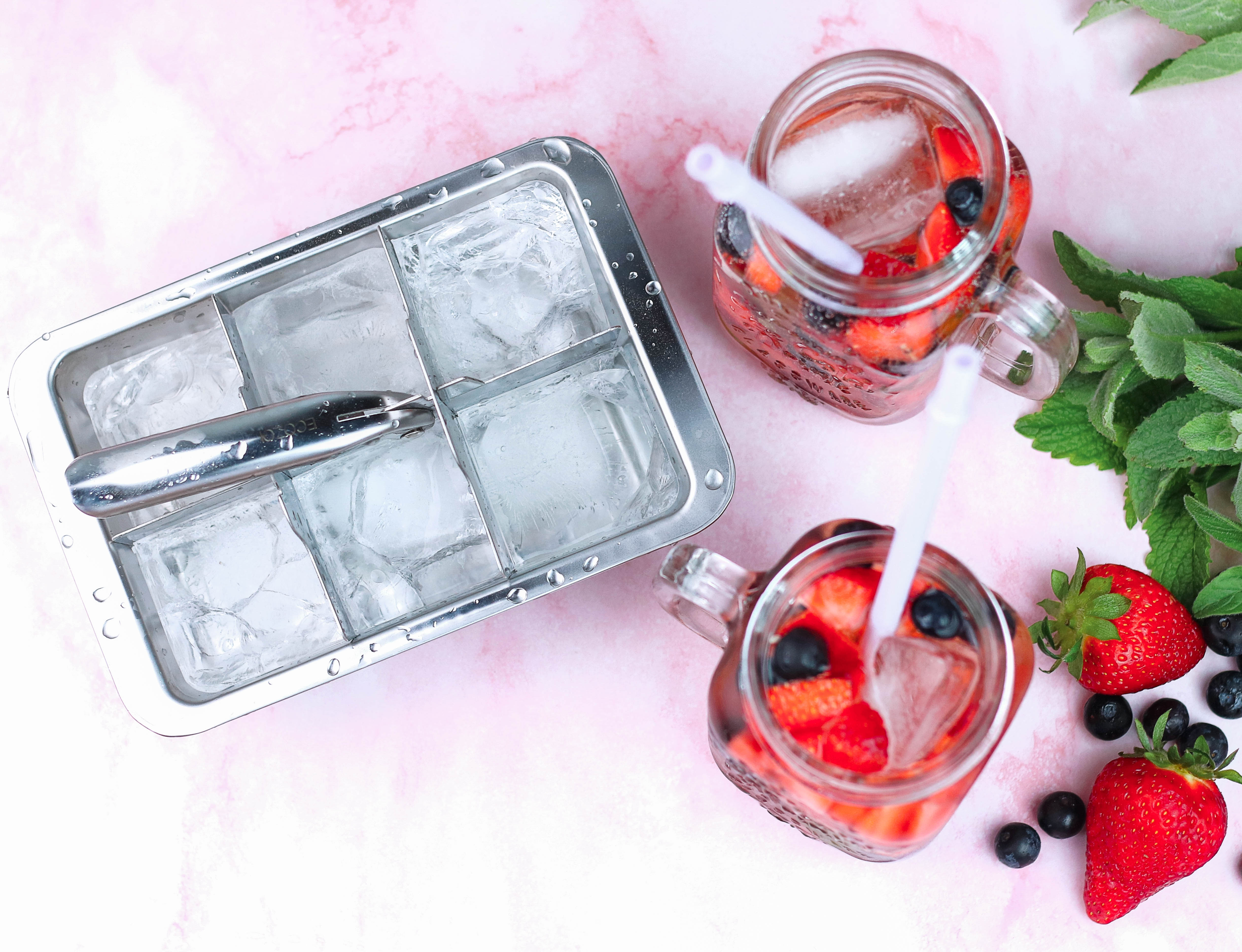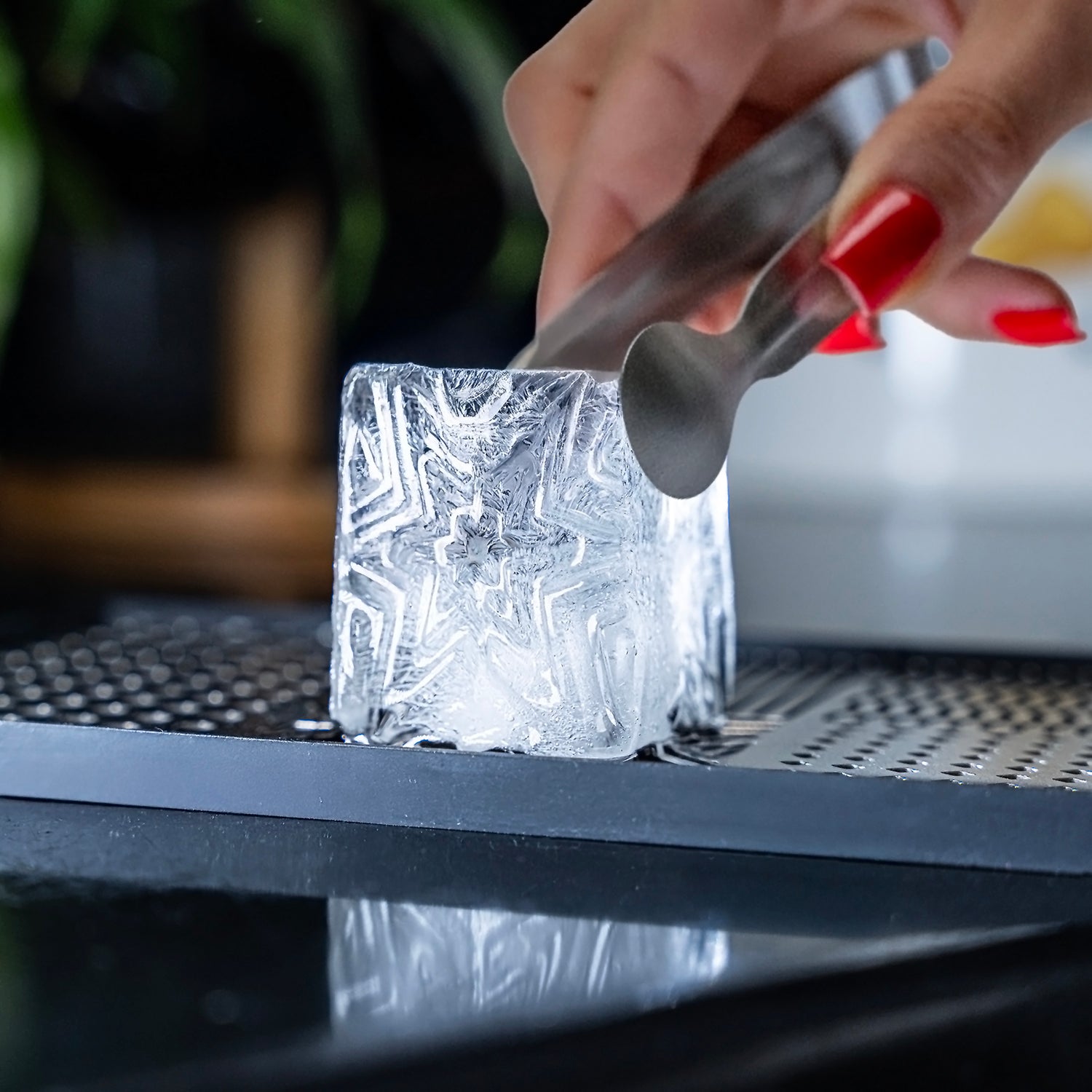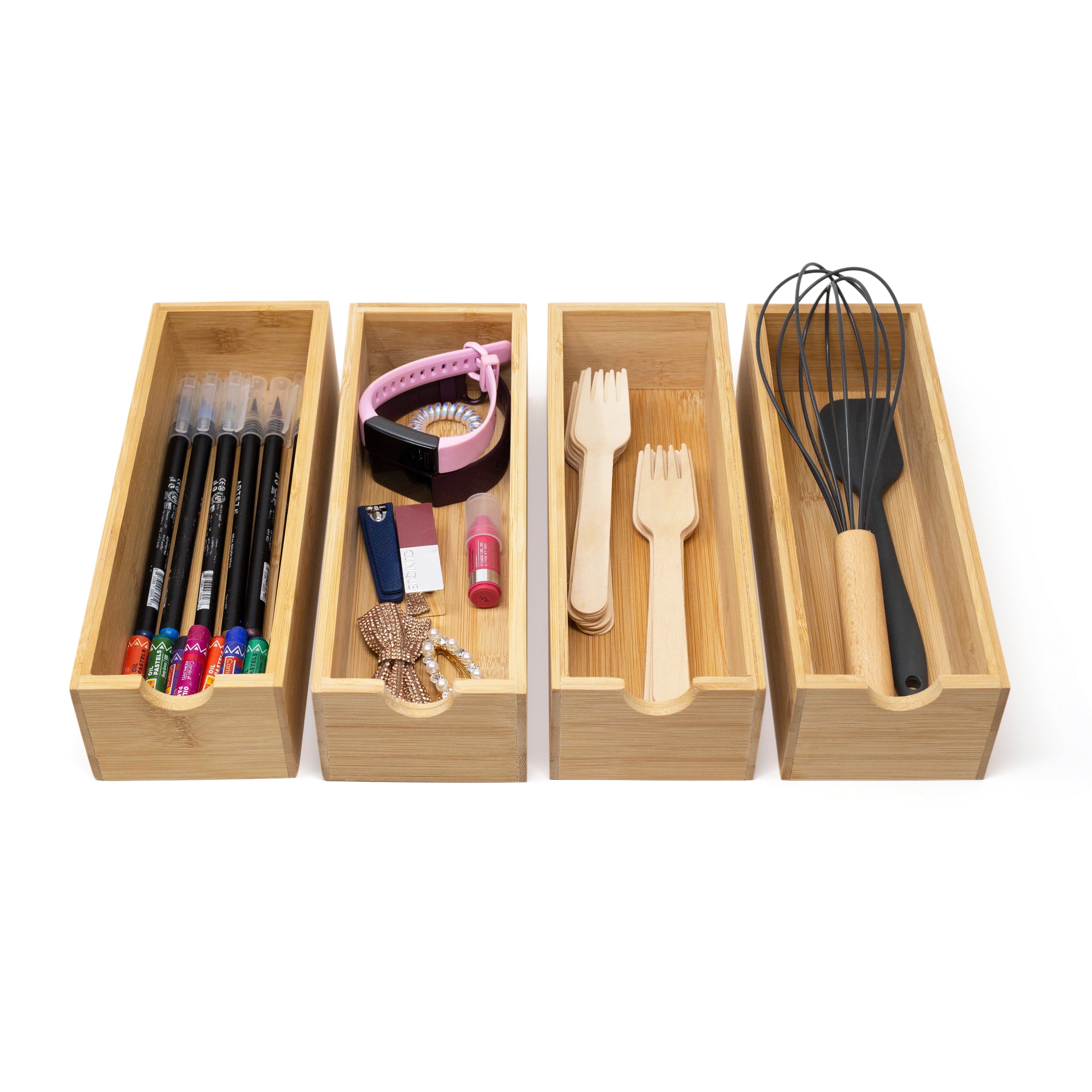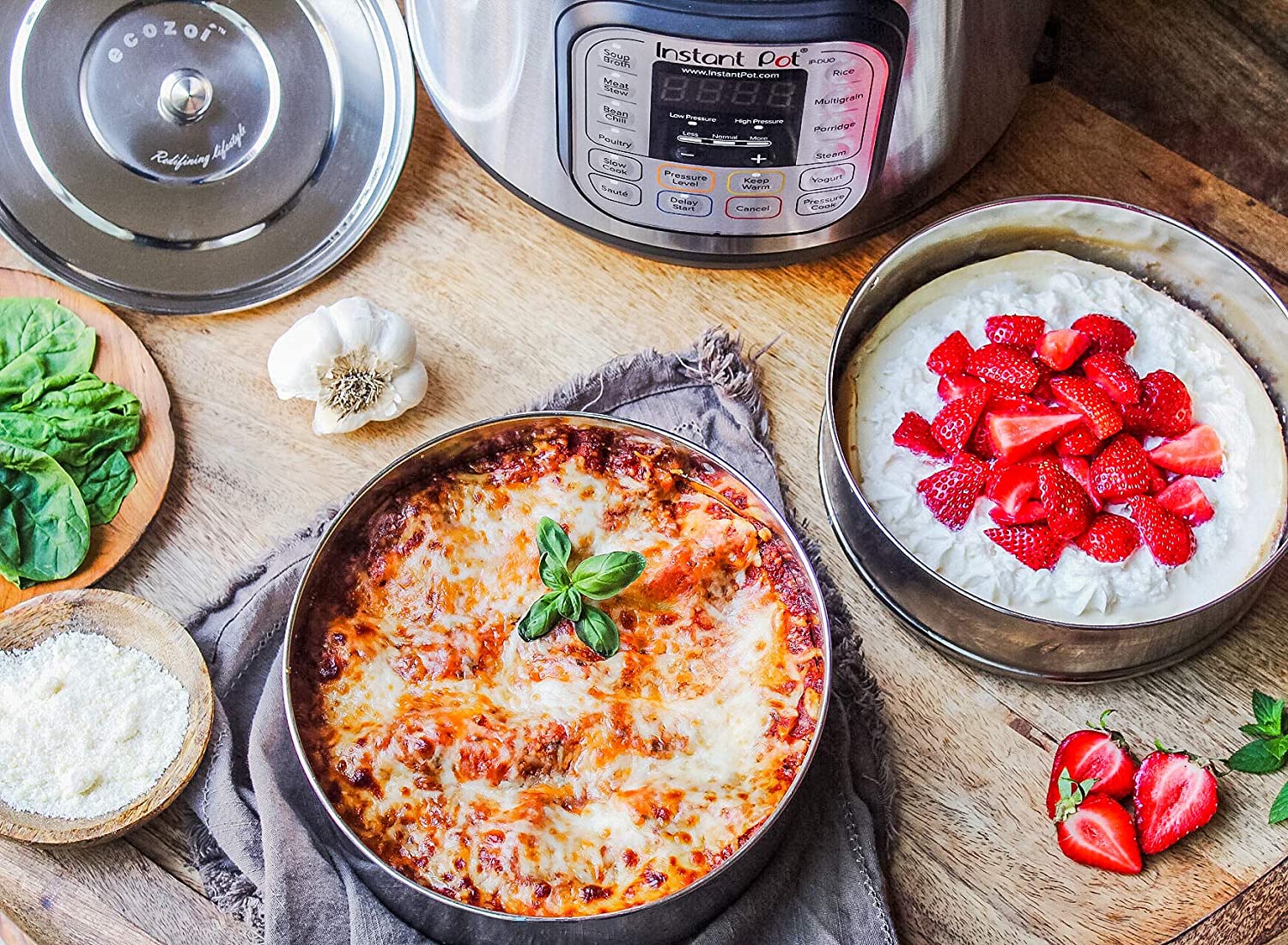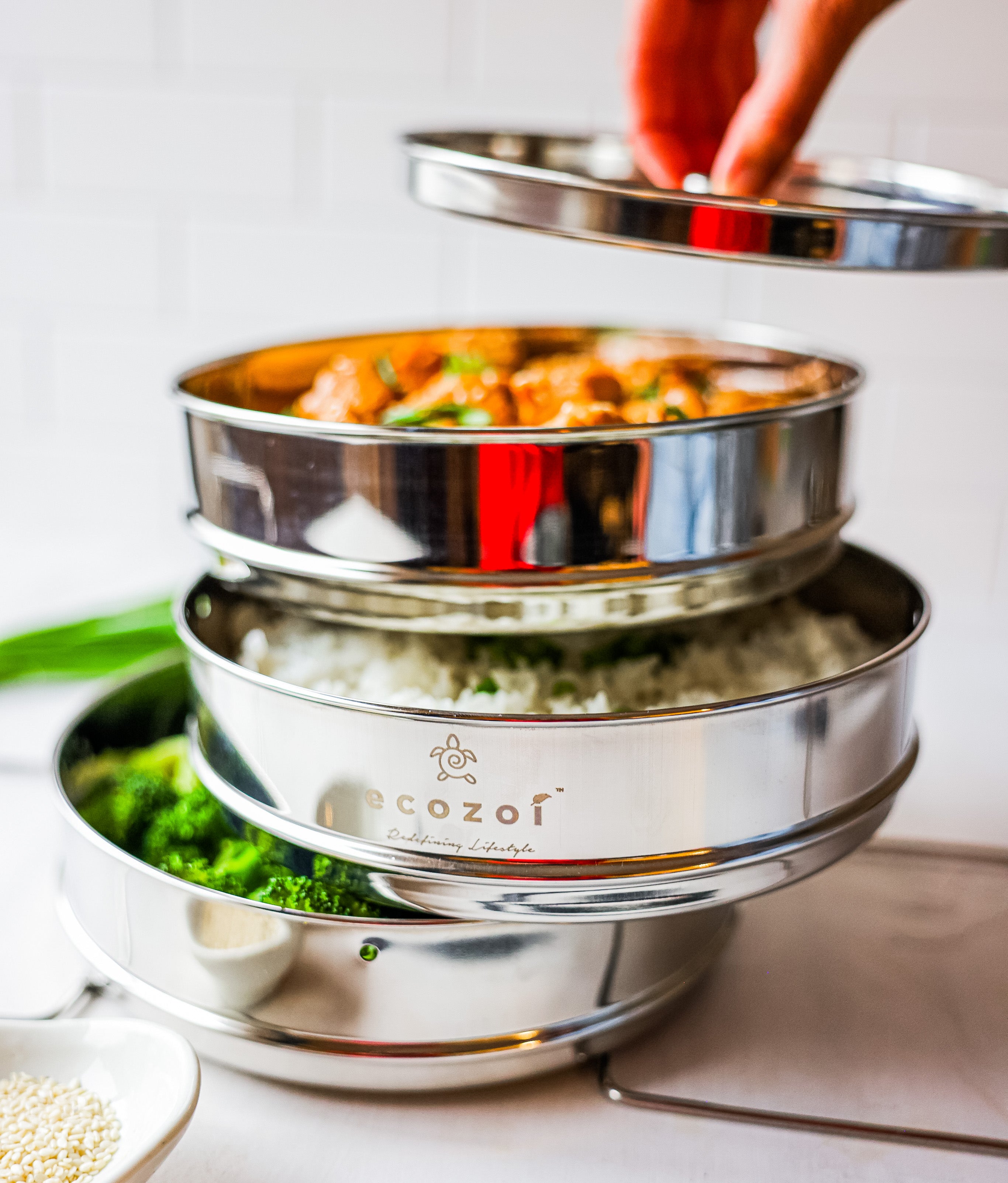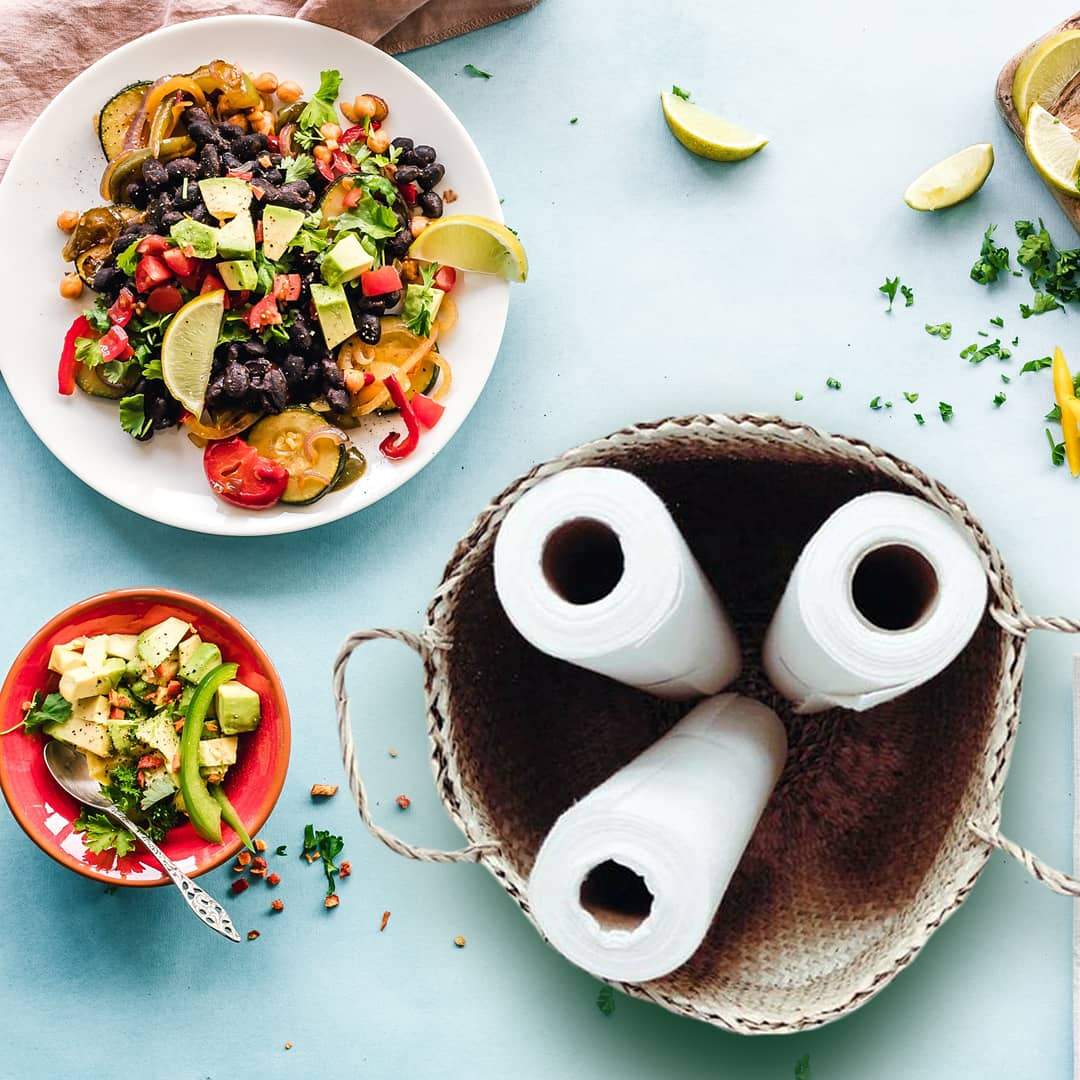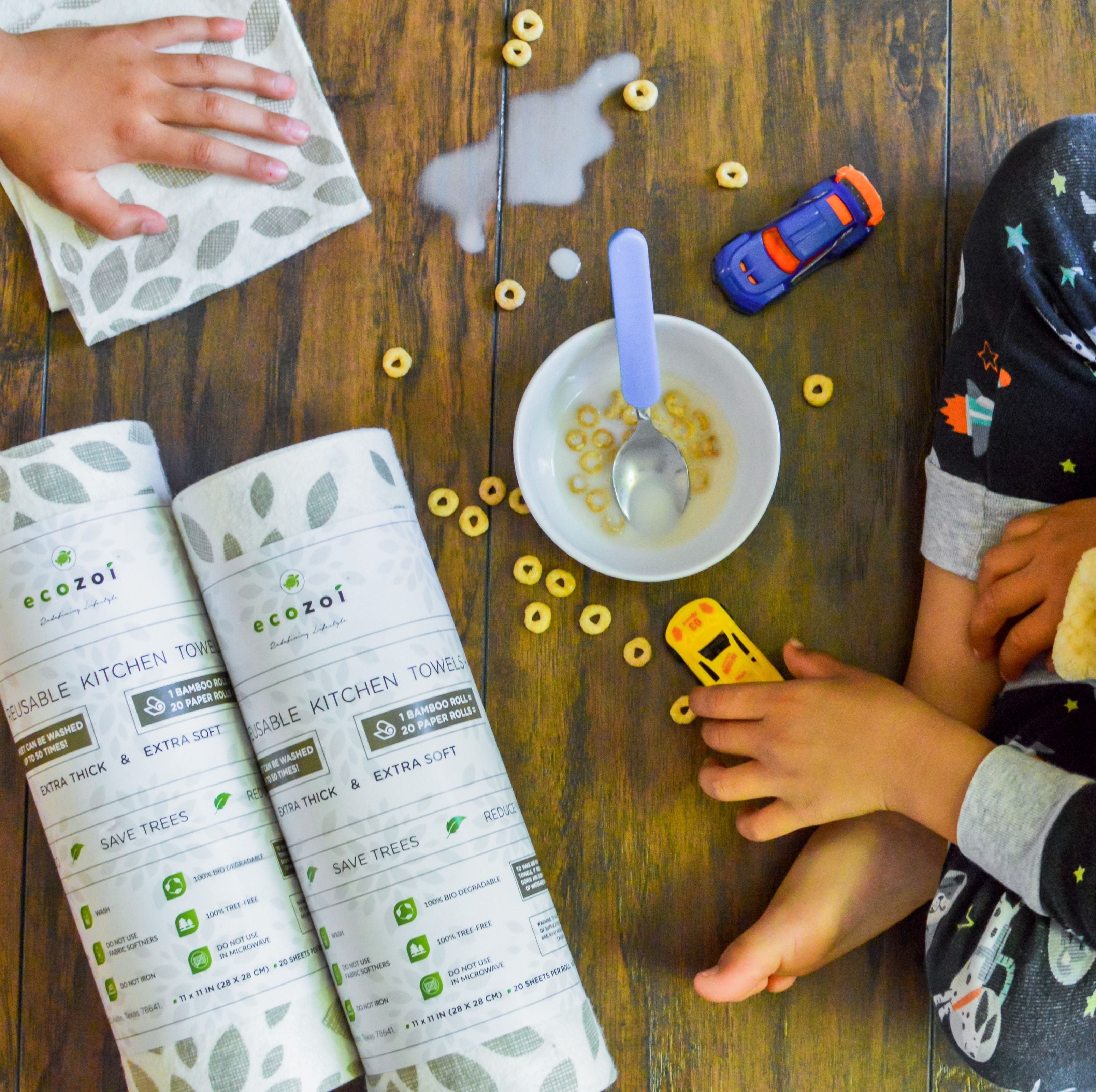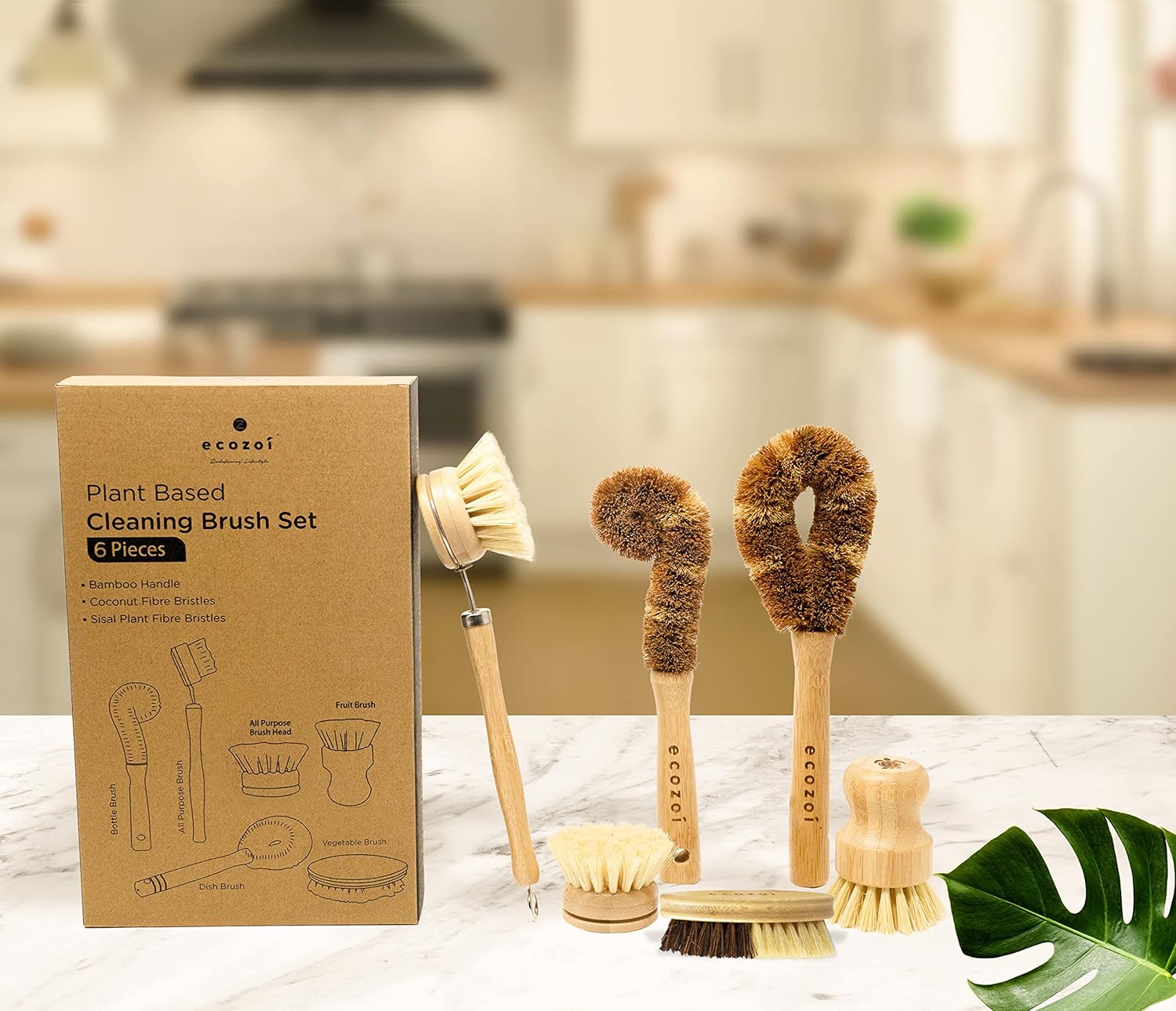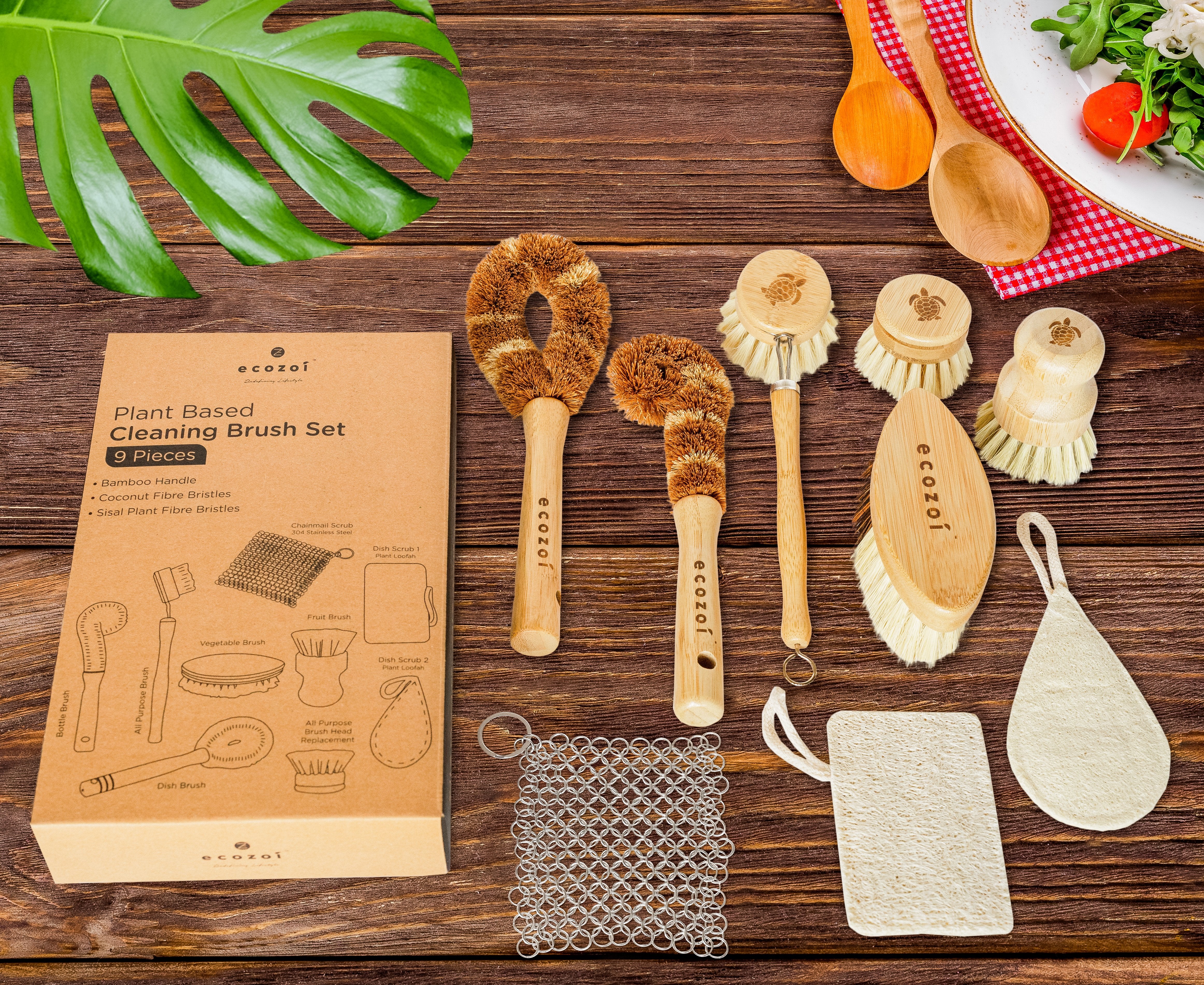The Truth Behind BPA-Free Claims: Are Plastic Lunch Boxes Really Safe?
In a world increasingly aware of the potential risks associated with daily-use products, one question has emerged that requires careful consideration: "Are plastic lunch boxes really safe?" This article will explore this issue in depth, focusing on the substance known as Bisphenol A (BPA), commonly used in plastic manufacturing. We'll delve into the claims behind BPA-free products and discuss whether these alternatives represent a safer choice. It's important to note that there are compelling reasons to avoid plastic lunch boxes, ranging from potential health risks to environmental impact. Prepare to unravel the truth behind the safety of these everyday items and equip yourself with the knowledge needed to make more informed decisions.
What is BPA and Its Potential Risks?
Bisphenol A, better known as BPA, is an industrial chemical used since the 1960s in various plastics and resins. Often, these materials constitute many food and drink containers, including some types of lunch boxes. Despite its widespread use, the potential health implications of it have become a focal point of concern in recent years.

The Dark Side of BPA
Several scientific studies have suggested a link between BPA and various health problems. The concern arises from its ability to mimic the structure and function of the hormone estrogen, earning it the title of an "endocrine disruptor." Some research indicates that exposure to this substance may correlate with an increased risk of infertility, heart disease, and other health issues. However, it's important to note that further studies are necessary to cement these potential connections.
BPA in Plastics: Are Plastic Lunch Boxes Really Safe?
The presence of BPA in plastics is not accidental. It's used to harden plastic, making it more durable and long-lasting. That means many everyday items - from water bottles to lunch boxes - may contain it. The key question we need to explore is this: given the potential risks, should we be wary of the items we often use without a second thought? Our quest to answer this will take us into the realm of BPA-free alternatives, their legitimacy, and safety.
Tracing the BPA-Free Movement
The wave of BPA-free products came about as a response to growing consumer awareness and concern about its potential health implications. Over the past decade, more and more manufacturers have turned towards BPA-free production methods. This shift was necessary to continue marketing plastic products, particularly those intended for food and beverage storage.
Deciphering BPA-Free Labels
The term "BPA-Free" has become a powerful marketing tool. However, consumers need to understand what this label signifies. Simply put, a BPA-Free label means that Bisphenol A was not used in producing the product. However, this does not necessarily mean the product is free from other potentially harmful chemicals. This nuance brings us to a critical point about what's actually in our BPA-free products.
Unintended Consequences of Removing BPA
Removing Bisphenol A from the manufacturing process is not as straightforward as it might seem. It is often replaced with other similar compounds, like Bisphenol S (BPS) or Bisphenol F (BPF). Preliminary studies suggest that these replacements may also have similar health effects, raising questions about the true safety of BPA-free products.
However, in the broader conversation about plastics, it's important to mention recycling. Unfortunately, the plastic recycling rate remains alarmingly low, leading to environmental pollution. Choosing BPA-free products can be a step towards healthier living. Still, it's equally essential to understand and participate in proper recycling practices to minimize the environmental impact of our consumption.

Decoding BPA Replacement
The phrase 'BPA-free' might offer some relief, but as we scratch beneath the surface, we find a more complex reality. As mentioned earlier, Bisphenol A is often replaced with compounds like BPS or BPF, which are structurally similar. A growing body of evidence suggests these replacements might also interfere with our hormonal systems, much like Bisphenol-A. Therefore, while manufacturers may rightly claim their products are free of it, it does not inherently mean they are free of health risks.
The Truth About BPA-Free Safety
So, "Are plastic lunch boxes really safe?" The answer isn't clear-cut. While BPA-free products do not contain the specific compound, the safety of their replacements is still under scrutiny. Some experts, such as those at muvnow.com, a leading moving service, advise against using plastic containers for food storage during transit. They suggest alternatives like glass or stainless steel, which, while heavier and potentially less convenient, do not carry the same potential risks associated with Bisphenol A and its substitutes.
Deceptive Marketing Practices
The marketing of BPA-free products can sometimes be misleading, capitalizing on consumers' concerns about it without necessarily offering a safer alternative. Consumers must understand that the absence of it does not automatically equate to safety. That is particularly true in the case of plastic lunch boxes, where the direct contact of plastic with food, especially if heated, could lead to chemical leaching.
To navigate this landscape, consumers need to be informed and remain critical of marketing claims, continually questioning and investigating the safety of the products they use.
Exploring Non-Plastic Options
Given the uncertainties surrounding plastic lunch boxes, even those labeled BPA-free, it may be wise to consider alternatives. Many non-plastic options exist, each with its unique pros and cons.
The Pros and Cons of Alternatives
Stainless steel lunch boxes, for instance, are durable, lightweight, and free from the chemical concerns associated with plastics. However, they can be more expensive and are not microwave-safe. Glass containers offer another solution, being microwave-safe and free from harmful chemicals. Yet, their fragility and weight can be a drawback.
Bamboo lunch boxes have also gained popularity for their eco-friendly nature. They are biodegradable, renewable, and do not contain harmful chemicals. However, they may not be as long-lasting as other alternatives and typically aren't leak-proof.

Eco-Friendly Alternatives to Common Household Items
As we become more conscious of the products we use daily, it's important to consider the environmental impact of our choices. Eco-friendly alternatives to common household items, such as lunch boxes, can play a crucial role in reducing our environmental footprint. At the same time, they may sometimes involve trade-offs, like cost or convenience, but their long-term benefits to our health and the environment often outweigh these factors.
Making Safer Choices
With all this information in mind, it's clear that choosing safer lunch boxes involves more than just looking for a BPA-free label. It's about understanding the complexities behind these labels, the potential risks associated with replacements, and considering alternatives. We can only make the best choices for our health and the planet by staying informed.
In Conclusion
While BPA-free lunch boxes are a step towards safer food storage, they aren't the definitive answer to the question: "Are plastic lunch boxes really safe?" With Bisphenol A replacements potentially carrying similar health risks, consumers must stay informed and remain critical of marketing claims. Exploring non-plastic alternatives can be an effective way to navigate these challenges, supporting not only individual health but also the health of our planet. Ultimately, our choices should reflect a careful consideration of our well-being and the wider environmental implications.


